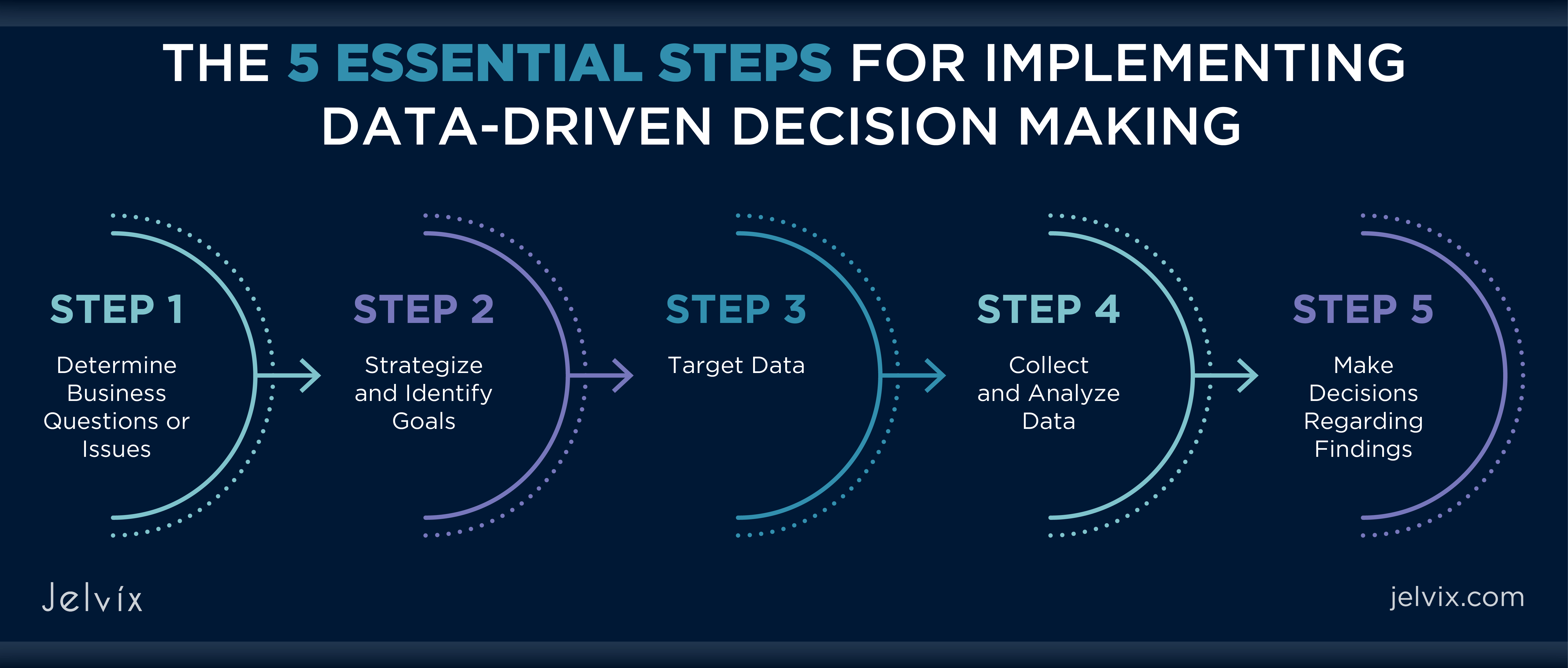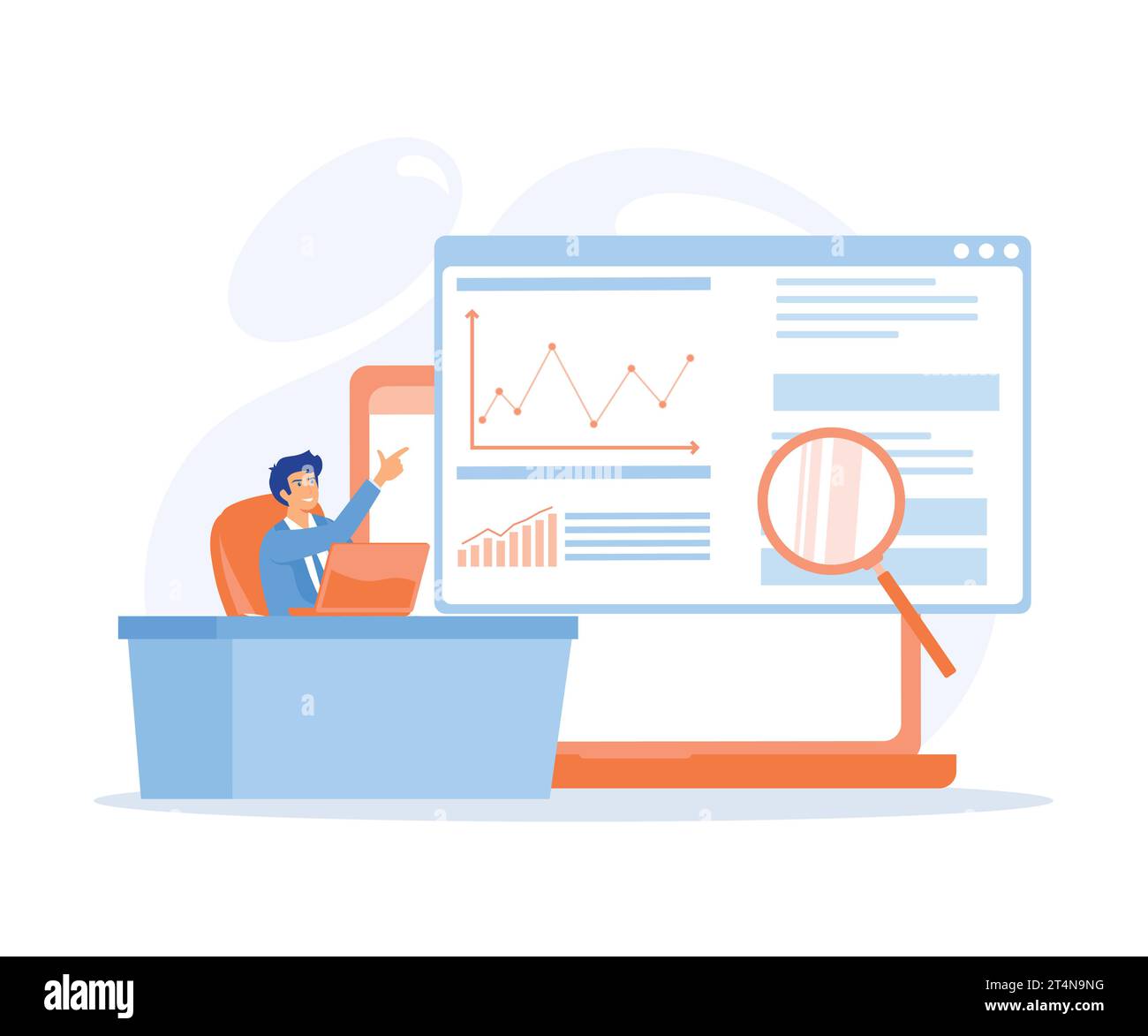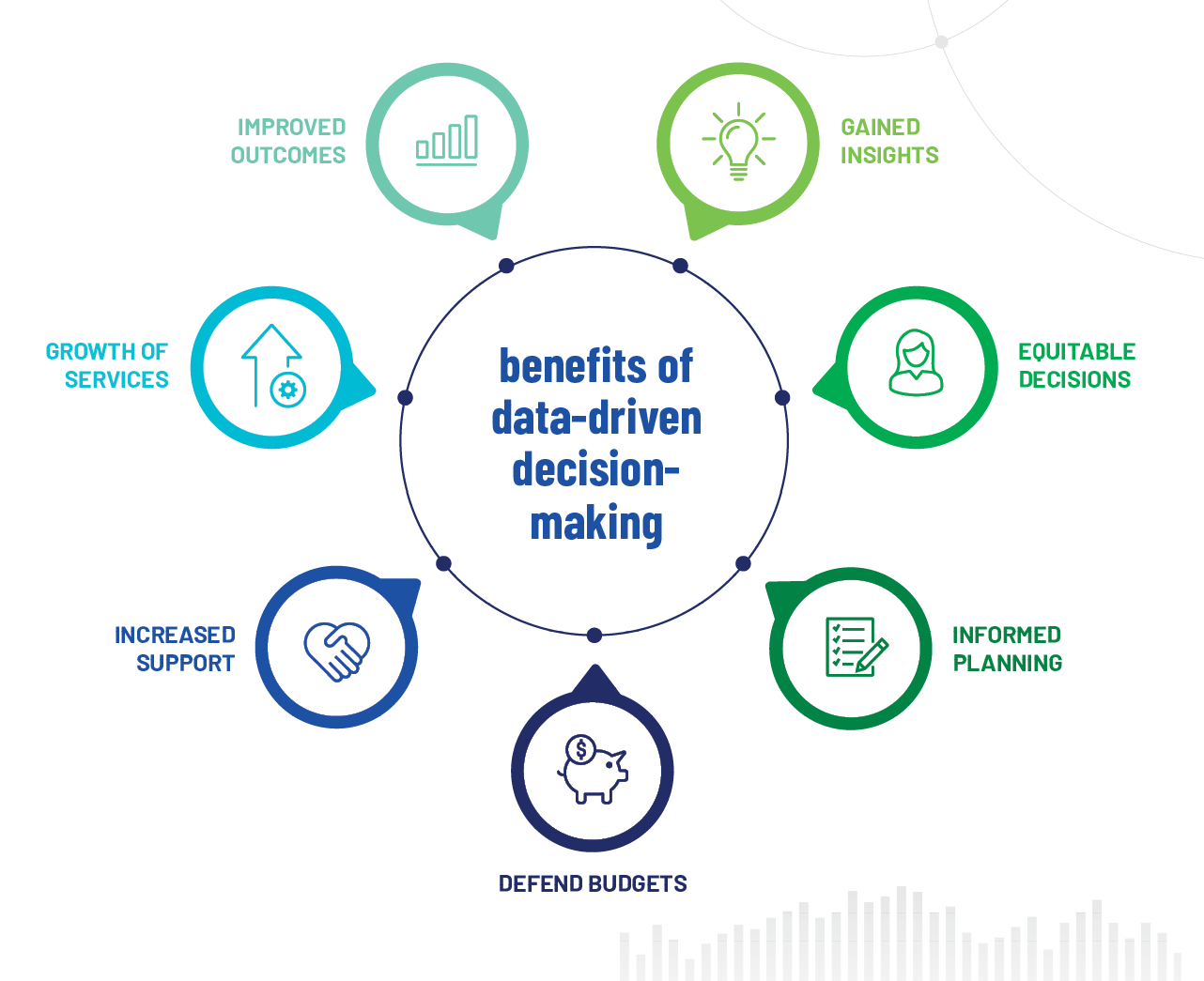Exploring Data-Driven Decision Making in Modern Businesses
Diving into the realm of Data-Driven Decision Making in Modern Businesses, this introduction sets the stage for an insightful exploration of how data shapes the decision-making processes in today's corporate world.
The following paragraphs will delve deeper into the intricacies of this crucial aspect of business operations, shedding light on its significance and impact.
Introduction to Data-Driven Decision Making
Data-driven decision making in modern businesses refers to the process of making strategic choices based on data analysis and interpretation rather than relying solely on intuition or experience. This approach involves collecting, analyzing, and leveraging large datasets to gain valuable insights that can guide important business decisions.The importance of data-driven decision making for businesses cannot be overstated.
By utilizing data to inform their choices, companies can minimize risks, identify trends, and capitalize on opportunities that may have otherwise gone unnoticed. This leads to more informed decisions that are backed by evidence and are likely to yield positive results in terms of efficiency, productivity, and profitability.Examples of how data-driven decision making can impact business growth include predictive analytics to forecast customer demand, personalized marketing strategies based on consumer behavior data, and operational improvements through performance metrics analysis.
By harnessing the power of data, organizations can optimize their processes, enhance customer experiences, and ultimately drive growth and success in a competitive market.
Implementing Data-Driven Culture
Creating a data-driven culture within an organization involves more than just adopting new tools or technologies. It requires a fundamental shift in mindset and practices to ensure that data is at the core of decision-making processes.
Fostering Data-Driven Culture Strategies
- Establish clear goals and objectives: Ensure that all employees understand the importance of data in achieving organizational goals.
- Provide training and resources: Invest in training programs to enhance data literacy among employees and provide access to necessary tools and resources.
- Encourage collaboration: Foster a culture of collaboration where data insights are shared across departments and teams.
- Lead by example: Leadership should actively promote data-driven decision making by incorporating data into their own decision-making processes.
Role of Leadership in Data-Driven Decision Making
- Setting the tone: Leaders need to set the tone for data-driven decision making by emphasizing the importance of data and analytics.
- Creating a supportive environment: Leaders should create a supportive environment where employees feel empowered to use data in their decision-making processes.
- Aligning incentives: Incentives should be aligned with data-driven outcomes to encourage employees to embrace data-driven practices.
Examples of Companies Embracing Data-Driven Culture
- Amazon: Amazon uses data-driven decision making across all aspects of its business, from customer recommendations to supply chain optimization.
- Netflix: Netflix leverages data to personalize content recommendations for its users, leading to increased subscriber satisfaction and retention.
- Google: Google's success is largely attributed to its data-driven approach, using analytics to improve products and services continuously.
Tools and Technologies for Data-Driven Decision Making

Data-driven decision making in modern businesses relies heavily on the use of various tools and technologies to analyze and interpret data effectively. These tools play a crucial role in helping organizations make informed decisions based on data-driven insights.
List of Popular Tools and Technologies
- 1. Microsoft Power BI: A powerful business analytics tool that enables users to visualize and share insights across the organization.
- 2. Tableau: Known for its interactive data visualization capabilities, Tableau helps businesses create interactive dashboards and reports.
- 3. Google Data Studio: Allows users to create customizable reports and dashboards using data from various sources such as Google Analytics and Google Sheets.
- 4. Python: A versatile programming language often used for data analysis and machine learning tasks.
- 5. R Programming: Popular among statisticians and data scientists for its robust data analysis and visualization capabilities.
Comparison of Data Visualization Tools
Data visualization tools play a crucial role in transforming raw data into actionable insights. Here is a comparison of popular data visualization tools used by businesses:
| Tool | Key Features | Pros | Cons |
|---|---|---|---|
| Microsoft Power BI | Interactive dashboards, AI-powered insights | Easy to use, seamless integration with Microsoft products | Costly for advanced features |
| Tableau | Drag-and-drop interface, storytelling capabilities | Robust visualization options, strong community support | Expensive licensing |
| Google Data Studio | Customizable reports, real-time collaboration | Free to use, integrates with Google products | Limited data connectors |
Importance of Data Analytics Platforms
Data analytics platforms play a vital role in enabling organizations to transform raw data into valuable insights. These platforms provide advanced analytics capabilities, allowing businesses to make data-driven decisions with confidence. By leveraging data analytics platforms, organizations can gain a competitive edge, improve operational efficiency, and drive innovation
Challenges in Data-Driven Decision Making
Implementing data-driven decision making in businesses can be a complex process that comes with various challenges. These challenges can hinder the effectiveness of utilizing data for decision-making processes. Here are some common challenges faced by businesses and solutions to overcome them, along with the impact of poor data quality.
1. Lack of Data Quality
One of the biggest challenges in data-driven decision making is the lack of data quality. Poor data quality can lead to inaccurate insights and flawed decision-making processes. To overcome this challenge, businesses need to invest in data cleansing tools and processes to ensure the accuracy and reliability of the data being used for decision making.
2. Data Silos and Fragmented Data
Data silos and fragmented data across different departments or systems can pose a challenge in integrating data for decision making. To address this issue, businesses should focus on creating a centralized data repository and implementing data integration tools to streamline data flow and ensure consistency across all departments.
3. Resistance to Change and Lack of Data Literacy
Resistance to change and a lack of data literacy among employees can impede the successful implementation of data-driven decision making. Businesses should invest in training programs to enhance data literacy among employees and create a culture that promotes data-driven decision making.
4. Privacy and Security Concerns
Privacy and security concerns related to data collection and storage can be a significant challenge for businesses utilizing data for decision making. Implementing robust data security measures and compliance with data privacy regulations is crucial to mitigate these challenges and build trust with customers.
5. Scalability and Infrastructure Constraints
Scalability and infrastructure constraints can limit the ability of businesses to effectively manage and analyze large volumes of data for decision making. Investing in scalable data infrastructure and cloud-based solutions can help businesses overcome these challenges and ensure the smooth processing of data for decision-making purposes.
Data Ethics and Privacy

Maintaining data ethics and privacy is crucial in data-driven decision making as it ensures the protection of sensitive information, builds trust with customers, and helps businesses comply with regulations.
Regulations and Compliance Standards
- Businesses need to adhere to regulations such as GDPR (General Data Protection Regulation) in the EU and CCPA (California Consumer Privacy Act) in the US to ensure the proper handling of data.
- Compliance standards help businesses establish transparent data practices, obtain consent for data collection, and implement security measures to safeguard information.
Examples of Data Breaches
- A major data breach at Equifax in 2017 exposed personal information of millions of individuals, leading to reputational damage and legal repercussions for the company.
- Yahoo experienced a data breach in 2013, affecting billions of user accounts and resulting in a decline in user trust and a negative impact on the company's acquisition deal with Verizon.
Ultimate Conclusion

In conclusion, Data-Driven Decision Making stands as a cornerstone of modern business strategies, offering a glimpse into the future of informed and strategic decision-making processes.
FAQ Section
What is the role of leadership in promoting data-driven decision making?
Leadership plays a crucial role in fostering a data-driven culture within an organization by setting examples, providing resources, and emphasizing the importance of data-driven decision-making practices.
How can businesses overcome challenges in utilizing data for decision making?
Businesses can overcome challenges by investing in training programs, improving data quality, leveraging advanced analytics tools, and fostering a culture that values data-driven insights.
Why is maintaining data ethics and privacy important in data-driven decision making?
Maintaining data ethics and privacy is crucial to build trust with customers, comply with regulations, and safeguard sensitive information from breaches that could harm a business's reputation.


